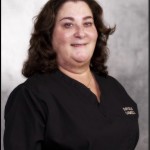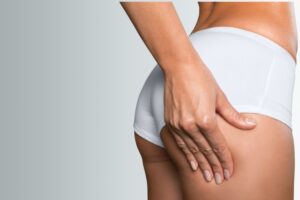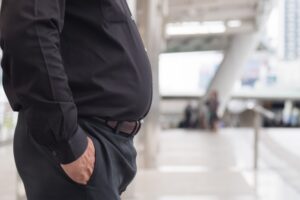Sacramento, California. Recently on a trip home to visit grandma, I was asked about whether or not she could have a face or neck – lift. She is really bothered by the extra skin hanging down from her chin. When she looks in the mirror she sees an older women not what she feels on the inside. Now grandma is 83 years young and is currently dating. She is healthy other than her arthritis and her macular degeneration neither of which limit her activities. She takes the bus downtown and is very active in her community. She would be at low risk for anesthesia and a small procedure might improve her quality adjusted life years.
(The quality-adjusted life-year estimates the length and quality of extra years gained by a medical/surgical intervention. The concept is based on the experience of an individual’s health state over time, and each health state has a value attached to it. Health states have a value on a scale of 0.0 to 1.0, with 0.0 being dead and 1.0 being perfect health. An increasing value is equated with an increasing preference for a particular health state. This preference is referred to as a utility. Utilities can be obtained from quality-of-life assessment instruments, including visual analogue scales, the standard gamble, time-trade off, and multiattribute scales.) Plastic & Reconstructive Surgery: April 2010 – Volume 125 – Issue 4 – pp 1279-1287
We are seeing a growing number women and men taking advantage of the plethora of many small and safe cosmetic enhancements available to enhance their appearance and their quality of life. In fact in data from ASAPS data in a survey of people across the United States over 12% of people aged 65 and older were thinking about having plastic surgery in the future. We often hear the comment, “I won’t care about how I look when I get old”. When I hear this I always think to myself when will I feel old?, in fact when are we old? For me old keeps changing and is usually a good 20-30 years off. I am not sure there is a good answer as appearances can be deceiving of the spirit inside a person. And from personal experience it seems that people all age at different rates.
From national data the American Society of Aesthetic Surgeons collects every year from Plastic Cosmetic Surgeons across the country we see that people over 50 do have cosmetic surgery procedures. ASAPS data collected in 2009 reveal that the the age group most likely to have aesthetic surgery is the 35 – 50 year old demographic ( 4.5 million surgeries, 43% of all surgeries). However, 34 % of all cosmetic surgeries were completed in the age group 51 and over with a full 7% of the total 12 million patients being in the over sixty five year old age group and older. And this was an increase of 2% in a down economic year over the previous year (ASAPS 2010). The top two surgical procedures for those over 65 were blepharoplasty 21,290 and facelift 18,198.
Most people do care about their appearance throughout their life. In fact, most of us will care about our appearance until we no longer can do anything about it. In a recent survey of plastic surgeons many are providing cosmetic services to those over 65 whom are healthy (ASA II or less and a BMI of < 31). The combination of healthier people over sixty and the minimally invasive cosmetic procedure options available (Botox, Blepharoplasty, Mini-Facelifts, Fillers and Laser Skin Resurfacing) allow us Plastic Surgeons to care for more and more people whom feel younger than they look. In fact last year alone over 607,054 patients over the age of sixty had a non-surgical cosmetic enhancement.
It is exciting that we are able to offer many different possible enhancements to those that desire an enhancement in the quality of their lives. For many 65 is the new 55 and remember to be healthy and happy this year.




